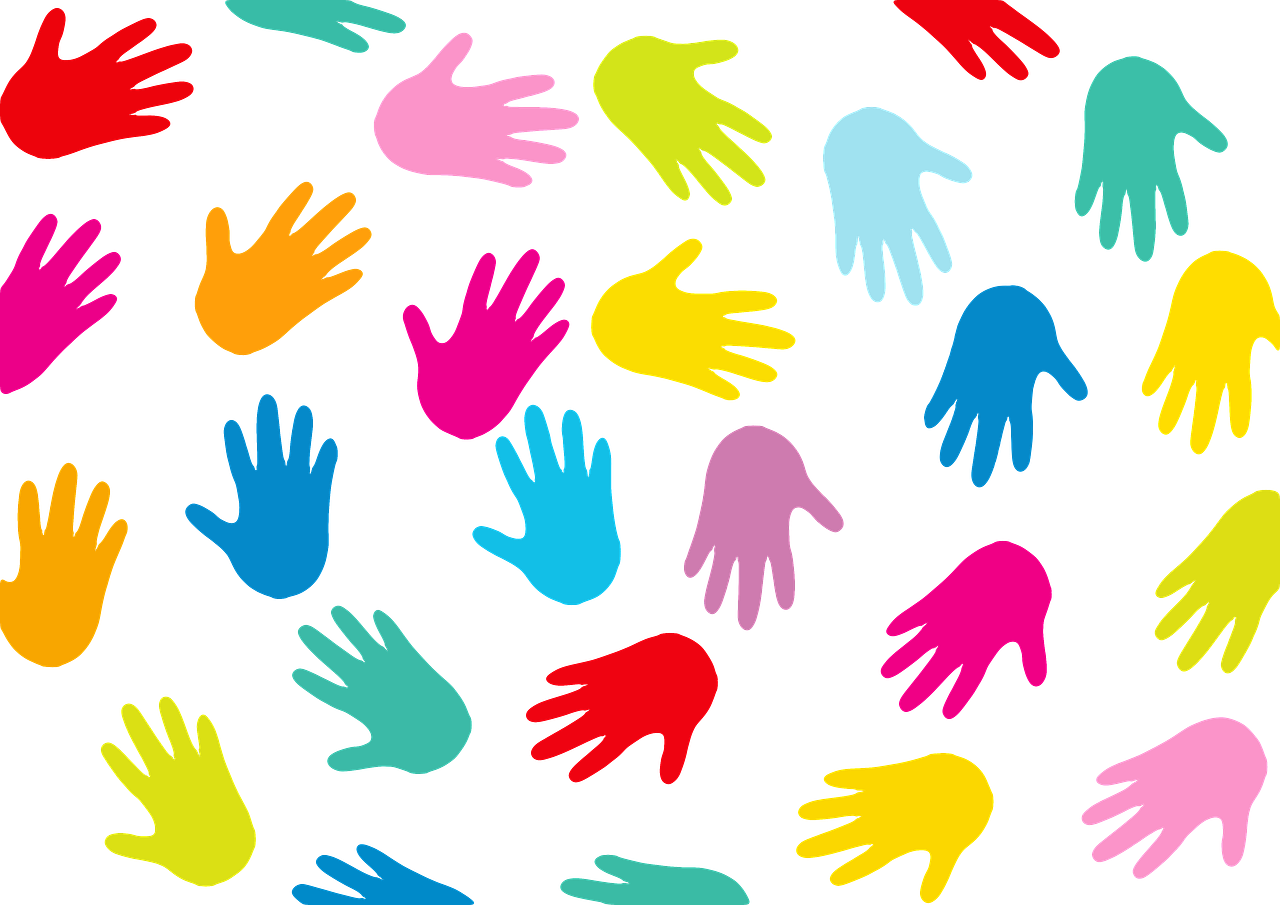Libraries’ Role in the Big Sort

Bill Bishop’s The Big Sort (2008) describes how we have been collectively sorting ourselves since the 1950s, moving and living among like-minded people, politics, economies, cultures, religions. We’ve all but left behind the melting pot where we can exchange ideas and conversations about real differences and needs. This melting pot can be the key to belonging and coming together to solve the largest of problems.
The literature detailing our nation’s divisiveness is expansive, suggesting that we are in deep trouble as a nation and need libraries to help.
- Scott Peck’s The Different Drum (1987) details his community building efforts in Seattle.
- Eli Pariser’s The Filter Bubble (2011) describes how computer search engines send us search results of what they think we want based on our generated Internet profiles, often showing us results that we agree with, not allowing us to see the other side of arguments.
- Barbara Ehrenreich’s This Land Is Their Land: Reports from a Divided Nation (2009) discusses the growing gulch between the haves and have-nots and what used to be the middle class.
- Jonathan Haidt’s The Righteous Mind: Why Good People Are Divided by Politics and Religion (2012) pretty much tells us where we are and what we might want to do about it.
There have been efforts to counteract this separation.
In 1998, the late futurist/economist Robert Theobald spoke several times on how he looked forward to the twenty-first century as the “healing century.“[1],[2] Even Edgar Casey’s notes prophesized hope in the new millennium. Scott Peck’s “community building” efforts were taking place in Seattle before his death at about the same time. Governments and citizens have collaborated on community building ventures. Notable is the Pomegranate Center in Issaquah, Wash., begun around 1996 by Milenko Matanovic. Efforts of those in the past, however, have not produced a great deal of togetherness nationally as outlined in Bishop’s The Big Sort.
What are libraries doing to bring divided communities together? Thankfully, libraries are doing what they can:
- In 2005, the Urban Libraries Council and Asset-Based Community Development (ABCD) Institute at Northwestern University, got together to study branch libraries in Chicago, their efforts and report hoped to inspire other libraries. ALA’s website has other reports and direction.[3]
- King County, Wash., is home to two large urban library systems, King County Library System and Seattle Public Library, both effectively building community through their library service.[4]
- Public Libraries Online’s “Community Centered: 23 Reasons Why Your Library Is the Most Important Place in Town” contains many community building references.[5]
- The Institute of Museums and Libraries partnered with the Local Initiatives Support Corporation in 2015 to “support comprehensive community revitalization” and invite other organizations that have mounted programs to be in contact.[6]
Library Journal awarded only ten persons as Community Builders in their Movers & Shakers program in 2013 and 2016, seven in 2014, and eight in 2015. I’m hoping there could be many more—and probably are hundreds—who can find ways to bring diverse people and ideas together to discuss ways to achieve things instead of my way or no way.
My feeling is that the library may be the only—perhaps even the last—place where work can begin again to draw diverse of people, places, thoughts, ideas and feelings back together to share, where our reserved rooms are full not only with study groups but also with town halls and discussions of issues. Open and resource-rich libraries don’t help if people aren’t willing to seek out solutions together. The caution is that, with the current homogeneous nature of communities, the library may play into the same “sort” and will need to reach out to diverse neighborhoods, not just those nearest to the library building.
We’ve become communities—sectionalized, segmented, territorial enclaves of lifestyles, values, and politics—of which even libraries are an integral part. Being aware, libraries need to reach out of bounds sometimes to locate the contrarians who can provide a larger perspective on issues of the day.












